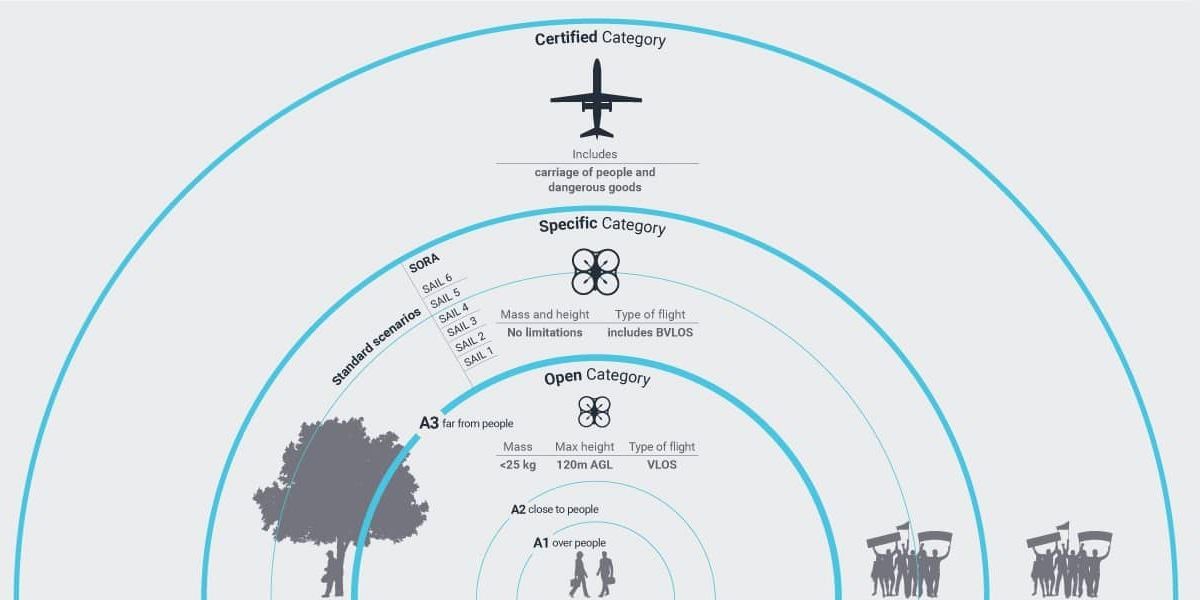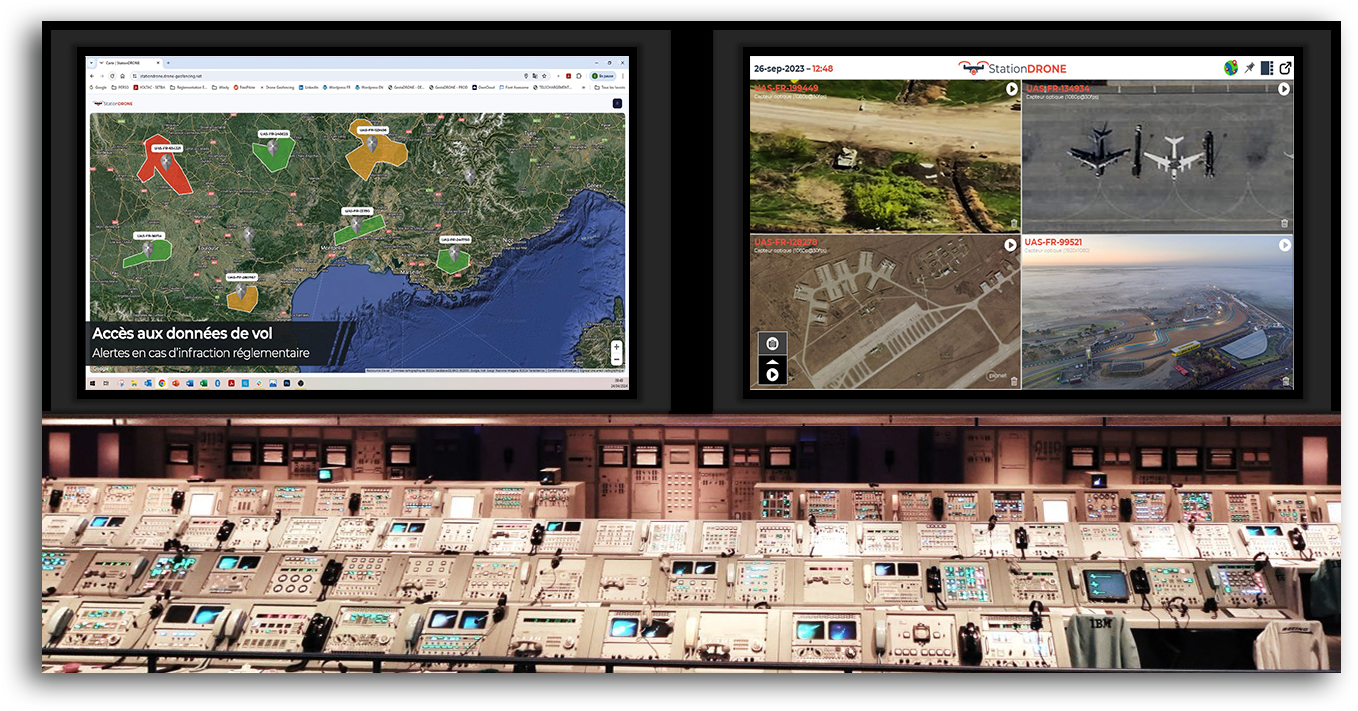Even if more than 70% of drones are used for aerial photography, the expression of the needs of the principals tends towards specificity.
By way of illustration, while aerial surveillance requires to cover large linear distances with a rather low level of resolution, the inspection of structures will require to carry out geostationary flights with a very fine level of resolution.
As we can see…The exponential increase in the use of drones will force the service provider of the future to differentiate itself through a service offer combining : (i) A specific technical mastery of the remote pilot; (ii) Camera equipment with very advanced technical characteristics (thermal camera, 8K camera, ultra-spectral camera, etc.); and (iii) Vectors adapted to a particular type of mission. This post gives you a brief overview of the criteria to be taken into account when selecting the most suitable vector for your offer and enables you to meet the needs of your clients as closely as possible.
Towards increasingly specific missions
More and more large groups have converted to the use of UAVs to accomplish certain missions: inspection of works for preventive maintenance, surveillance, package delivery, etc…
These missions increasingly require (to be optimised from an organisational point of view) navigation out of sight at more than 1,000 metres. These can be divided in two:
- Those regularly following the same flight plan (more and more of them are being detected)
From an operational point of view, the drone operator can submit a safety dossier to the DGAC requesting the implementation of specific scenarios.
In particular, by freeing himself from the 2 kg weight constraint, he can adapt the vector to the exact typology of the mission in terms of : (i) Flight autonomy, (ii) Weight of the camera equipment; (iii) Flight altitude; etc.
- Those which are systematically part of a particular flight plan
From an operational point of view, these missions are currently compulsorily subject to S2 and/or S4 scenarios. The choice of vector then becomes much more limited, as the vector must generally weigh less than 2 kg.
Increasingly sophisticated image (image and/or video) recording equipments
The equipments (vector, camera peripherals) used by a UAV operator is very expensive. In order to amortize these investments, the operator often acquires a multi-mission vector that can use several types of cameras through its nacelle.
However, these cameras, which are becoming increasingly sophisticated, are also becoming heavier and heavier. By way of comparison, we have estimated below the weight of some types of camera: standard camera (40 g.); thermal camera (100 g.); 8K camera (200 g.); ultra-spectral camera (at least 400 g.); etc.
In scenario S2 / S4, the operator must then assume a decrease in the flight autonomy of the vector, forcing it to multiply the number of flights and thus reducing its profitability.
So what criteria should be taken into account ?
Before choosing his vector, the drone operator must first of all target precisely the type of missions he will have to carry out. This expression of needs will allow him to confirm:
- The maximum total weight (vector, nacelle, imaging device) allowed.
- The type of drones: captive aircraft, fixed wing, rotary wing, etc.; –
- The available payload of the drone.
- The power of the drone (which can be measured in relation to its flight autonomy).



